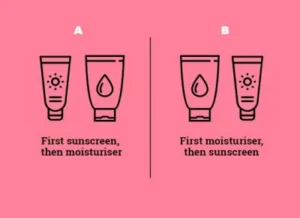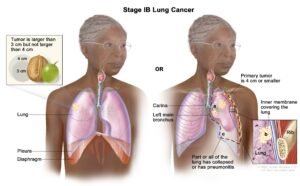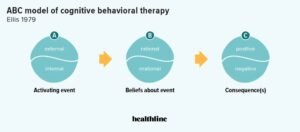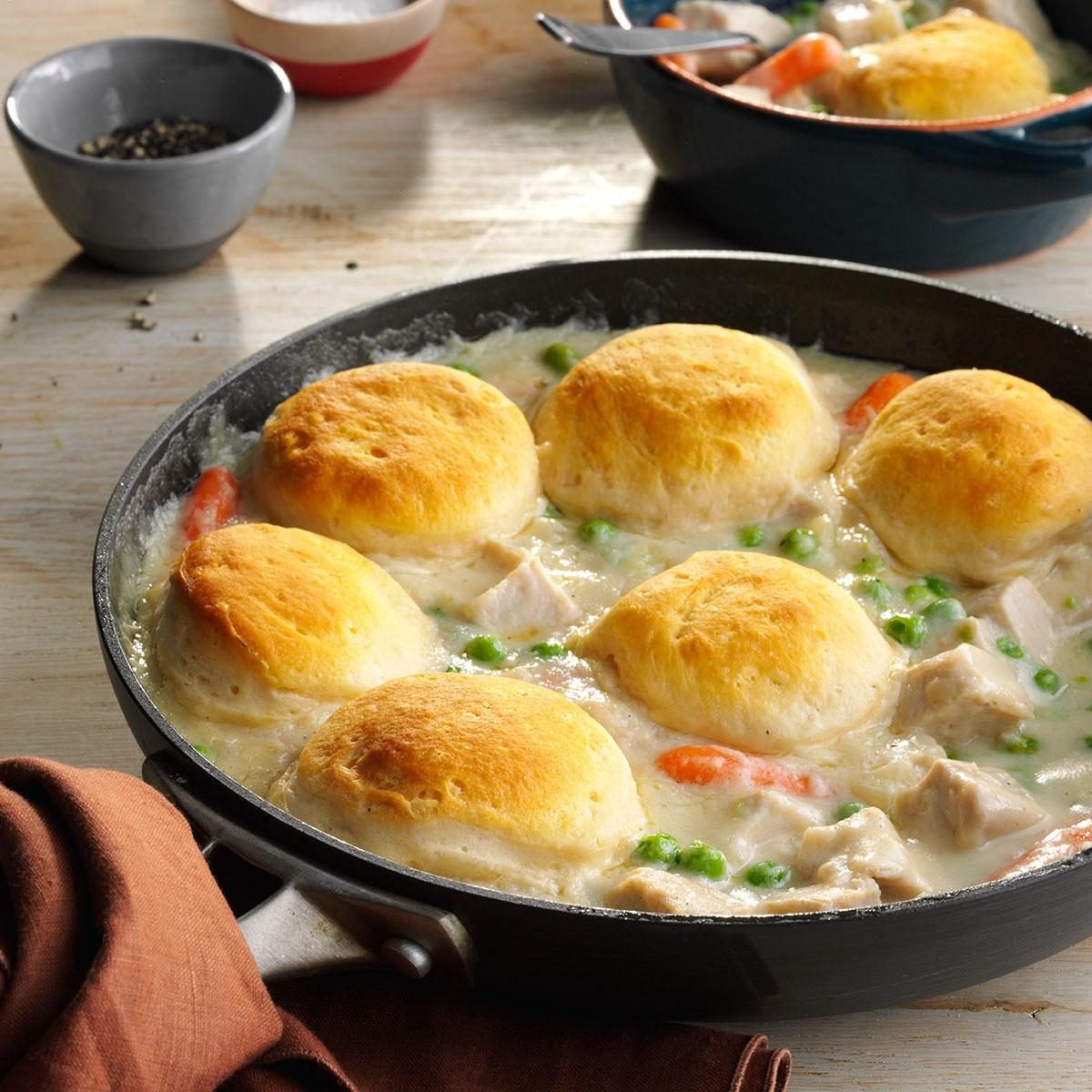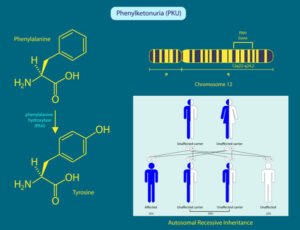Period Cramps_ Relief When Pain Feels Unbearable
Effective Relief for Unbearable Period Cramps
Read Time: 8 Minutes
Understanding Period Cramps and How to Find Relief
Period cramps are a common yet often painful experience for many people who menstruate. They occur when the uterus contracts to shed its internal lining, a natural part of the menstrual cycle. Unfortunately, for more than half of those who menstruate, these cramps can be severe and debilitating. The pain can range from a dull ache to intense cramping sensations, often in the lower abdomen. For some, underlying health conditions like endometriosis or uterine fibroids can cause even more severe cramping.
Is It Just Period Cramps or Something More?
It’s important to differentiate period cramps from other conditions. Period cramps often feel like throbbing or tightening pain in the lower abdomen and may be accompanied by back pain, headaches, nausea, or even diarrhea. These symptoms can sometimes overlap with other issues, like premenstrual syndrome (PMS), which occurs before menstruation and may include bloating, fatigue, irritability, and weight gain.
Primary vs. Secondary Dysmenorrhea
There are two main types of dysmenorrhea: primary and secondary. Primary dysmenorrhea is the most common and occurs without an underlying health condition. The main cause is an excess of prostaglandins—chemicals that promote uterine contractions. Secondary dysmenorrhea, on the other hand, is caused by a specific medical condition, such as endometriosis or uterine fibroids. This type of pain can worsen over time and may persist even after menstruation ends.
Period Cramps vs. Early Pregnancy Cramps
Early pregnancy can also cause cramping similar to period cramps, often accompanied by fatigue, nausea, breast tenderness, and mood swings. Implantation bleeding, which occurs when the fertilized egg attaches to the uterine wall, may also occur. Around 15-25% of pregnant people experience this light bleeding in their first trimester, but it’s usually less painful than menstrual cramps.
What Causes Period Cramps?
Several factors can influence the severity of period cramps. These include diet, stress, sleep patterns, and birth control usage. A poor diet high in processed foods or stress at the start of your period can exacerbate cramps. Hormonal fluctuations, especially when adjusting birth control methods, may also lead to more intense cramps. While painful periods are common, it’s important to seek medical advice if the pain becomes overwhelming or persistent.
Chronic Health Conditions That Can Cause Severe Period Cramps
Certain chronic health issues may worsen period cramps, including:
-
Endometriosis: When tissue similar to the uterine lining grows outside the uterus
-
Ovarian Cysts: Fluid-filled sacs that form on the ovaries
-
Pelvic Tumors: Cancerous or non-cancerous tumors in the pelvic area
-
Uterine Fibroids: Non-cancerous growths in the uterus
-
Irritable Bowel Disease (IBD): Inflammation in the digestive system
-
Ovarian Torsion: When the ovary twists, affecting blood flow
How to Relieve Unbearable Period Cramps
There are several methods to help alleviate period cramps:
-
Heat Therapy: A heating pad, warm bath, or even gentle exercise can ease the pain.
-
Nonsteroidal Anti-Inflammatory Drugs (NSAIDs): Medications like ibuprofen (Advil) or naproxen (Aleve) can reduce pain by decreasing prostaglandin levels in the body.
-
Essential Oils: Massaging with oils like lavender, peppermint, or fennel can help soothe cramping.
-
Hormonal Birth Control: Birth control pills or other hormonal methods may reduce cramping by regulating hormone levels.
-
Transcutaneous Electrical Nerve Stimulation (TENS): This therapy uses a small electrical device to block pain signals, providing relief without medication.
-
Surgery: If cramps are caused by conditions like endometriosis or fibroids, surgery may be necessary to address the underlying issue.
-
Medical Marijuana: Though further research is needed, some studies suggest that medical marijuana may help manage severe menstrual cramps.
When to See a Doctor
It’s normal to experience discomfort during menstruation, but if the pain interferes with your daily activities, it might be time to seek professional help. You should contact a healthcare provider if:
-
Conventional treatments are not effective
-
The pain suddenly worsens
-
You develop severe cramps after age 25
-
You experience fever along with cramps
-
The cramps persist even after your period ends
A healthcare professional may conduct a pelvic exam, ultrasound, or other imaging tests to diagnose the cause of the pain. If the cramps severely impact your life, it’s crucial to get a second opinion if you feel your concerns aren’t being addressed.
Managing Period Cramps Through Self-Care
In addition to medical treatments, self-care practices can help reduce cramping:
-
Diet: Consume nutrient-dense foods like vegetables, fruits, whole grains, and lean proteins to reduce bloating and discomfort.
-
Hydration: Drink plenty of water to stay hydrated, which can help relieve bloating and constipation that often accompany periods.
-
Exercise: Regular physical activity like walking, swimming, or cycling can help alleviate cramps.
-
Sleep: Prioritize a consistent sleep schedule to regulate hormones and manage pain better.
-
Stress Management: Try relaxation techniques like yoga, meditation, or deep breathing to reduce stress and its impact on your menstrual cycle.
Conclusion
Period cramps are a common, but often debilitating, part of menstruation. While most cramping is due to natural uterine contractions, there are a variety of ways to manage and alleviate the pain. From over-the-counter medications and heat therapy to lifestyle adjustments and medical treatments, relief is possible. If cramps interfere with your daily activities, don’t hesitate to consult with your healthcare provider for further advice.
Frequently Asked Questions
We are currently working on providing detailed answers to some of the most common questions about period cramps and their management. Stay tuned for more updates!
Expert Tips
-
Incorporate seasonal ingredients to keep your diet fresh and enjoyable.
-
Use shortcuts and time-saving techniques in meal prep for a smoother experience.
-
Consider dietary restrictions and make substitutions where necessary to improve your overall comfort.
Key Takeaways
-
Focus on nutrient-rich foods and hydration to support your body during your period.
-
Regular exercise and consistent sleep patterns can help reduce cramping.
-
Consult with a healthcare provider if cramps are particularly severe or persistent.
Join Our Community
For more helpful tips and advice on managing period cramps and improving your overall health, subscribe to our newsletter for regular updates!

